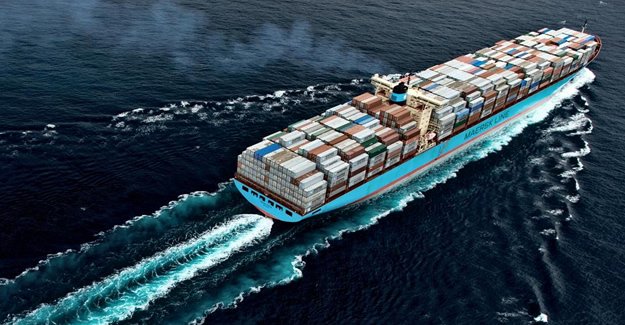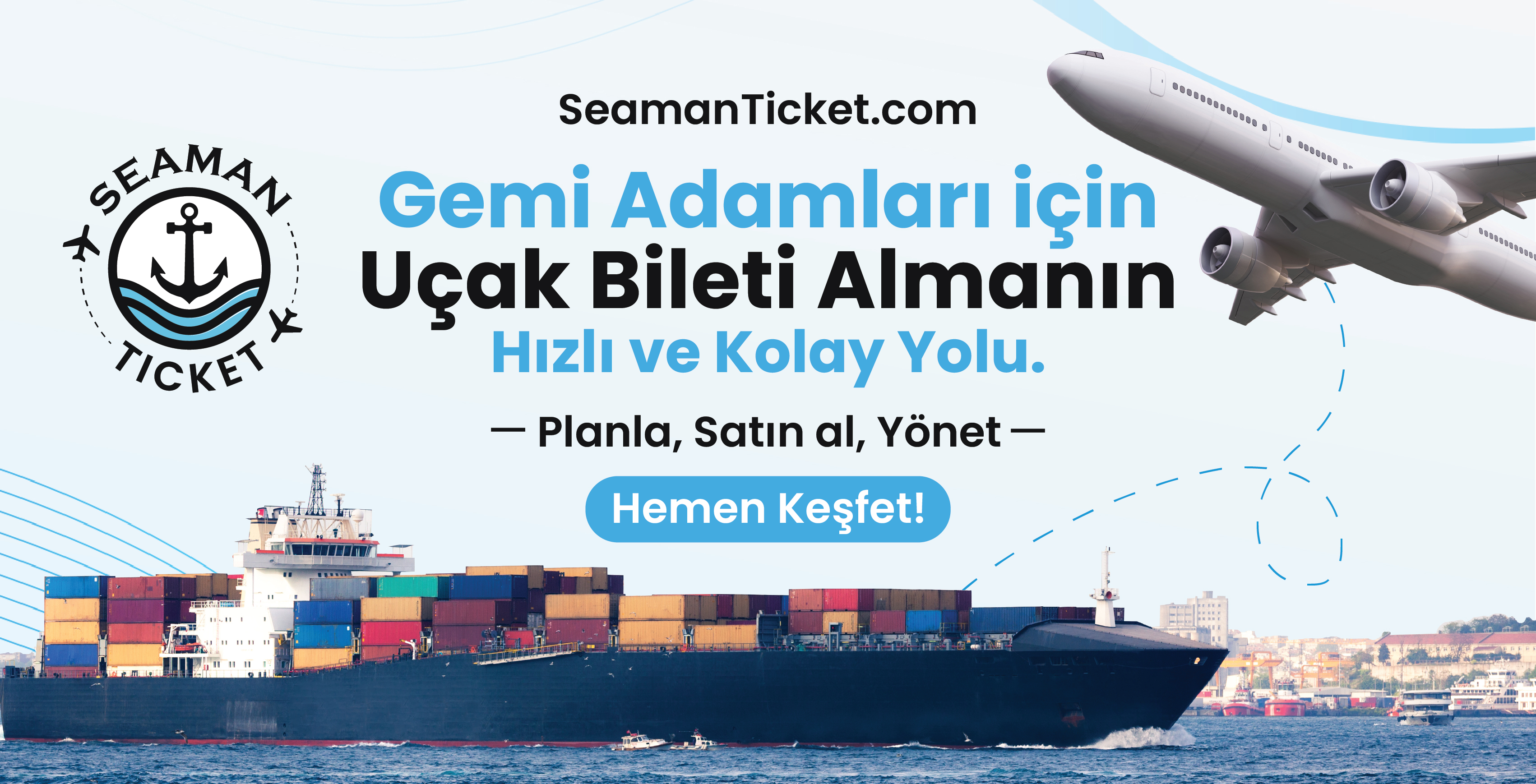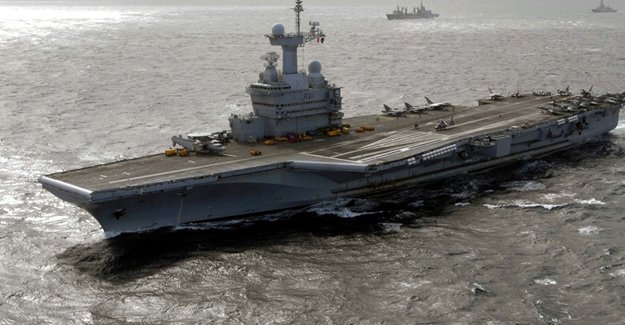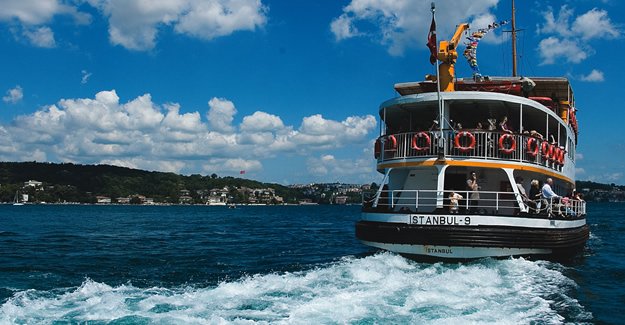
TSA Lines Propose Increase in Rates
Member shipping lines in the Transpacific Stabilization Agreement (TSA) are recommending phased increase to minimum rates across the board, on December 1, 2015 and on January 1, 2016.
According to TSA lines, for December 1, they will be seeking to restore the lowest current market rate levels to at least USD 950 per 40-foot container (FEU) to the U.S. West Coast; USD 1,700 per FEU to the U.S. East and Gulf Coasts; and USD 2,950 per FEU for intermodal moves to key Chicago-area inland point destinations.
For January 1, TSA members are recommending that a general tariff rate increase be filed in the amount of USD 1,200 per FEU to the West Coast and USD 1,600 per FEU to the East and Gulf Coasts. Carriers say their objective is to establish more compensatory baseline revenue levels as they head into service contract negotiations, and in advance of the Lunar New Year holiday in Asia that begins in early February.
“Transpacific lines are adjusting to a new normal of larger ships and complex alliances, necessitated by cost and environmental compliance pressures – all in the context of an uncertain global economic environment,” said TSA Executive Administrator Brian Conrad.
“Irrespective of cyclical supply-demand issues, it is critical that these global infrastructure providers get their pricing right and fully recover their costs through meaningful, staged rate increases heading into 2016.”
TSA has also finalized its 2016-17 service contract program, which will focus on revenue improvement through both rate and non-rate items. For all 2016-17 service contracts, most of which take effect on May 1, TSA lines are recommending longer-term minimum rates of USD 1,700 per FEU to the US West Coast, and USD 2,900 per FEU to the US East and Gulf Coasts.
In addition, the contract program will include adjustments to non-rate charges and practices in areas such as absorption of chassis costs; free-time allowances; port and rail demurrage charges; equipment detention and per diem; full recovery of current and projected trucking costs; intermodal pricing; credit policies; and contract boiler plate terms.
A final area of concern is that larger linehaul vessels making fewer port calls have led to higher feeder service and other transshipment costs in maintaining route coverage throughout Asia. Lines will be closely reviewing their schedules of feeder port add-ons in light of rising costs, and will make specific adjustments to those add-ons as warranted in upcoming contracts.
Vira Maritime
.jpg)



















HABERE YORUM KAT
Türkçe karakter kullanılmayan ve büyük harflerle yazılmış yorumlar onaylanmamaktadır.